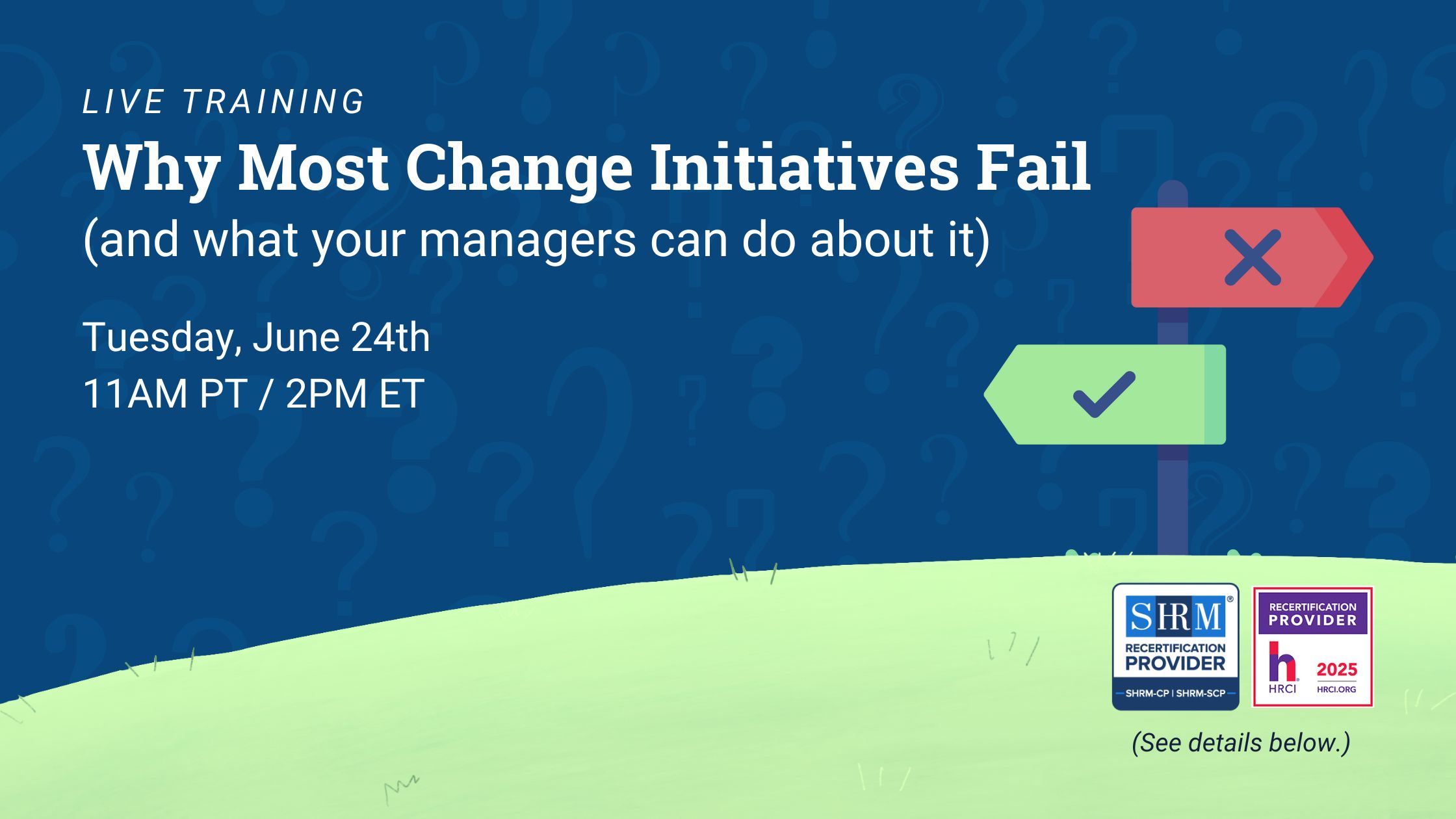Companies plagued by high employee turnover rates tend to have reduced productivity, low workplace morale, and more resources spent on recruiting new professionals. Thankfully, employers can minimize their turnover rates by introducing strong onboarding strategies. These simple induction processes have the power to elevate the experiences of a business’ new hires and help build long-term relationships with these employees.
In this guide we explain exactly what onboarding is when it comes to new employees. We also outline some of the best ways to implement a successful onboarding process with the aim of boosting staff retention.
What Does Onboarding Mean?
Put simply, onboarding is the process of helping incoming professionals get acquainted with your organization and the employee’s new team. It often consists of the employee’s orientation sessions, first interactions with team members and management, an introduction to the company’s culture, and discussions about future career development opportunities.
The logic of onboarding is simple. New hires who are properly introduced to the business tend to be more comfortable with their positions and will feel more engaged for the duration of their tenure with your organization. Creating positive experiences for professionals and giving them the necessary resources to succeed in their careers improves the likelihood of the employee remaining happy, motivated and content to stay with the company long-term.
What Are the Best Ways to Onboard a New Hire?
Don’t wait until their first day
The onboarding process begins before your employee arrives at the workplace. Instead of just overwhelming new hires with paperwork on their first day, companies can use an online onboarding portal to let them electronically sign and submit their documents.
Employees can also use online tools to find and read through the organization’s rules, benefits, and brand history at their own pace. Additionally, companies should use this time to set up the desk, computer, and contact information of their professionals before they arrive. With all of this out of the way, the employee’s first day at the company can be spent meeting new colleagues and getting a feel for the culture of the business.
And as you look forward to their first day, be sure to consider what personal touches you can include that can make an impact, such as welcome gifts or swag, and a handwritten note on their desk. Between the new hire signing their contract and their first day, be sure to also ensure that their email account, employee profiles, and anything else that they’ll need to get started are set up. Asking different team members and department heads to send welcome emails can also be a nice touch.
Create an employee handbook
Employee handbooks are an effective tool to offer your new hires in-depth information about company resources, policies, and workplace expectations. The manuals can also define the organization’s customers or clientele and give an overview of its products and services.
Including a frequently asked questions (FAQ) section in the handbook will address any common concerns new hires may express about their employment, such as how to use vacation time or access the organization’s training programs. Consulting with existing employees to come up with a strong set of new-starter FAQs is a great way to cover as many bases as possible.
 Set up orientation and training sessions in week one
Set up orientation and training sessions in week one
It’s essential to check in on your new employees to see how they’re adjusting to the workplace. Holding orientation sessions with different parts of the business during the first week of joining the company can allow new hires to learn more about the company, understand what each team does, and introduce themselves more widely.
Organizing training sessions is equally important, for the lessons will teach employees crucial skills that are tailored to their roles within the company. Pairing the new hire with a current team member or “buddy” for each session will help your colleagues meet new people and forge new relationships early. A Microsoft study found that 97% of new hires who met with their buddy regularly during their first 90 days said their buddy helped them become productive quickly, compared to just 56% who felt productive after meeting with their buddy just once.
Of course, while training sessions and tech setup are essential aspects of onboarding, it’s also important to strike a balance between this and personal interaction and social icebreakers. With this in mind, in between training sessions, be sure to add to more relaxed social activities. For example, you and your team could organize a welcome lunch or individual team members could invite the new hire for coffee breaks. This will help to keep the new employee from feeling overwhelmed during their first week.
Make use of external career coaching experts
Investing in the ongoing professional development of your employees will help them feel appreciated and supported by your organization. The truth is, often managers simply do not have the capacity or specific skill set to fully support new hires. With this in mind, external coaches can work with new hires to set long-term career goals and assist them with achieving targets. A coaching expert can also provide confidential feedback to your new employees and find areas of improvement to ensure rapid impact for your organization.
Set achievable first 100 days goals and define expectations
Employees who don’t have any goals to work towards may feel directionless and unmotivated – this is especially true if they have just started a new role at an unfamiliar organization. With this in mind, think about setting new hires on a path that leads to attainable success using target setting. After all, celebrating the accomplishments of your employees can maintain their enthusiasm for the position. However, be sure to set clear expectations for your new hires to ensure they know what to work towards.
Organize regular one-on-one check-in meetings during first few months
Regularly meeting with new hires will allow organizations to gauge their performances and see how the employees are adjusting to life within the company. These frequent meetings can also keep your new employees feeling engaged and supported by the business.
These meetings are also excellent opportunities to evaluate your onboarding process. Ask for feedback from the employee on how they felt about their onboarding to see if any improvements can be made to your current system.
Lastly and not least importantly, it can be important to get to know the employee on a personal level during this critical time in the employee lifecycle. Use these check-ins to learn more about the individual and help them get to know you. A Gallup Poll found that employees who have friends at work are more likely to be engaged and deliver a stronger performance overall.
Remember, it’s important for companies to create workplaces in which employees feel appreciated, supported, and comfortable from day one. Onboarding can assist employers improve the experiences of new hires and reduce the likelihood of them leaving the organization. INTOO’s coaches help employees in every stage of their career develop strategies to meet their goals, while employers reap the benefits of increased engagement, productivity, and retention. Learn more about how our career development programs can benefit your company.


 Set up orientation and training sessions in week one
Set up orientation and training sessions in week one








